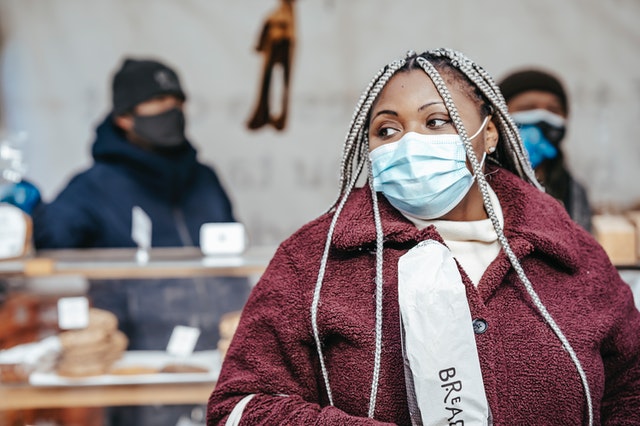While the first round of emergency Paycheck Protection Program (PPP) funding saved jobs and businesses, it was also notoriously used as a tool for fraud, and its requirements disadvantaged small Black-owned businesses. Meanwhile, the coronavirus pandemic led to a loss of 41% of Black-owned businesses in the U.S. by August, compared to a loss of 17% of white-owned businesses, according to an analysis by the Federal Reserve Bank of New York.
With the second round of PPP funding in full swing, some banks have stepped up to make the funding more accessible, especially for businesses that did not receive any funding the first time around. M&T Bank (one of only four Fortune 500 companies with an African American CEO), for example, opened PPP applications to prospects, or businesses who did not have an existing relationship with the bank, one of the previous barriers for underrepresented small businesses.
But changes on the federal policy level were needed, and we’re starting to see that happen, as the Biden administration has announced five PPP reforms intended to prioritize and promote equitable access to relief.
The reforms include a temporary PPP loan application period for smaller businesses and nonprofits, more access to emergency funds for business owners who don’t have employees, and increased access for immigrant business owners.
First, starting this Wednesday, Feb. 24, at 9 a.m. EST, the agency will start a two-week “exclusive” loan app period for the smallest of the country’s small business and nonprofits — those with fewer than 20 employees — to bring extra attention from lenders.
Here are the other four changes, as laid out by the U.S. Small Business Administration:
- A revision of the PPP funding formula for sole proprietors, independent contractors, and self-employed individuals will allow them to use the gross income line on Schedule C. The SBA is also setting aside $1 billion for those businesses without employees in low-to-moderate income communities. These businesses make up a significant majority of all businesses and include cleaning services, home repair contractors, personal care businesses, and small independent retailers, among other examples. Approximately 70% of non-employer firms are owned by women and people of color, compared to 40% of employer firms. In addition, 95% of Black-owned firms and 91% of Latinx-owned firms are non-employers.
- Fairer access for returning citizens by eliminating the PPP eligibility restriction that did not allow those with a felony within the previous year to apply (however, the restriction on those with an arrest or felony conviction related to financial assistance fraud within the previous five years remains).
- Allowing those who have struggled to make and are now delinquent on federal student loan payments to apply for the PPP.
- Ensuring access for immigrant small business owners who lawfully reside and pay taxes in the U.S. by clarifying that Individual Taxpayer Identification Number (ITIN) holders can apply for the PPP.
In addition, PPP fraud, abuse and waste will be addressed. A full fact sheet is on Whitehouse.gov.
So far, in 2021, nearly 2 million PPP loans worth more than $140 billion have been approved. All PPP data can be accessed via a dedicated PPP data web page.







